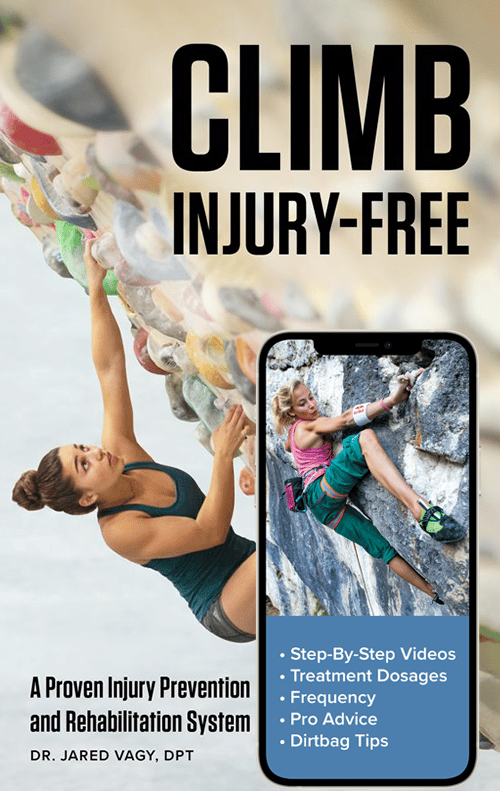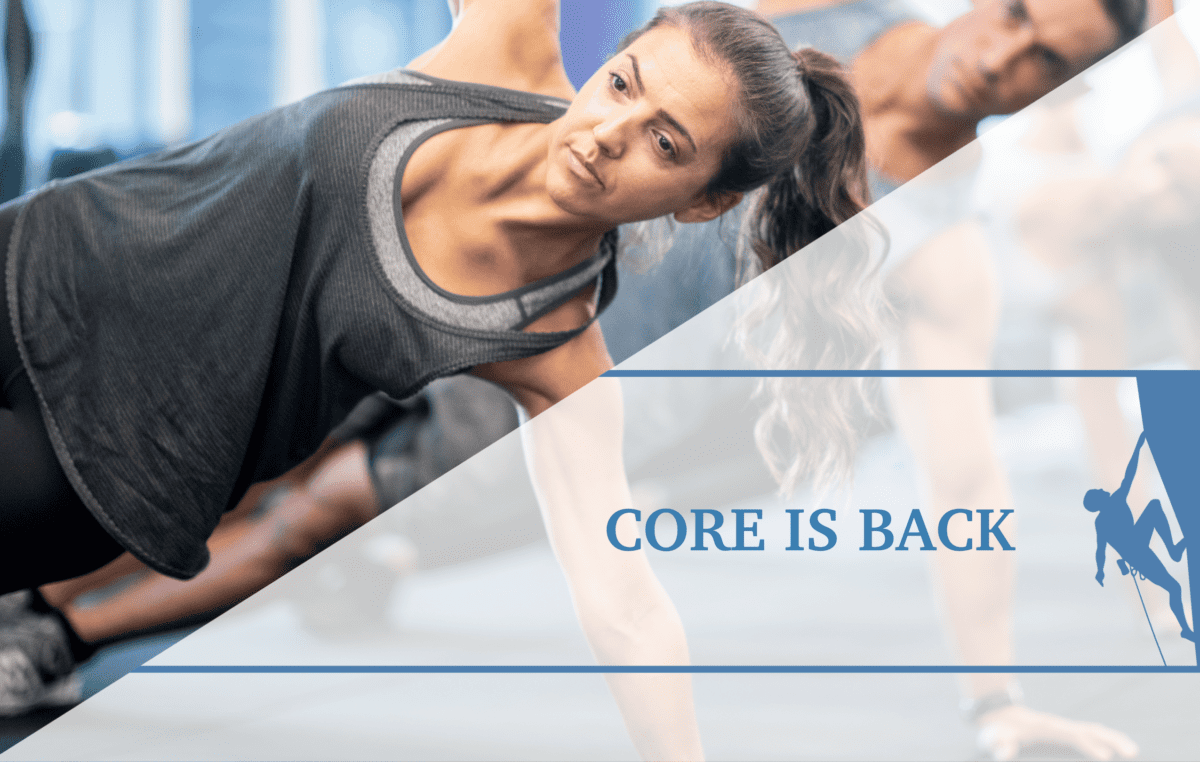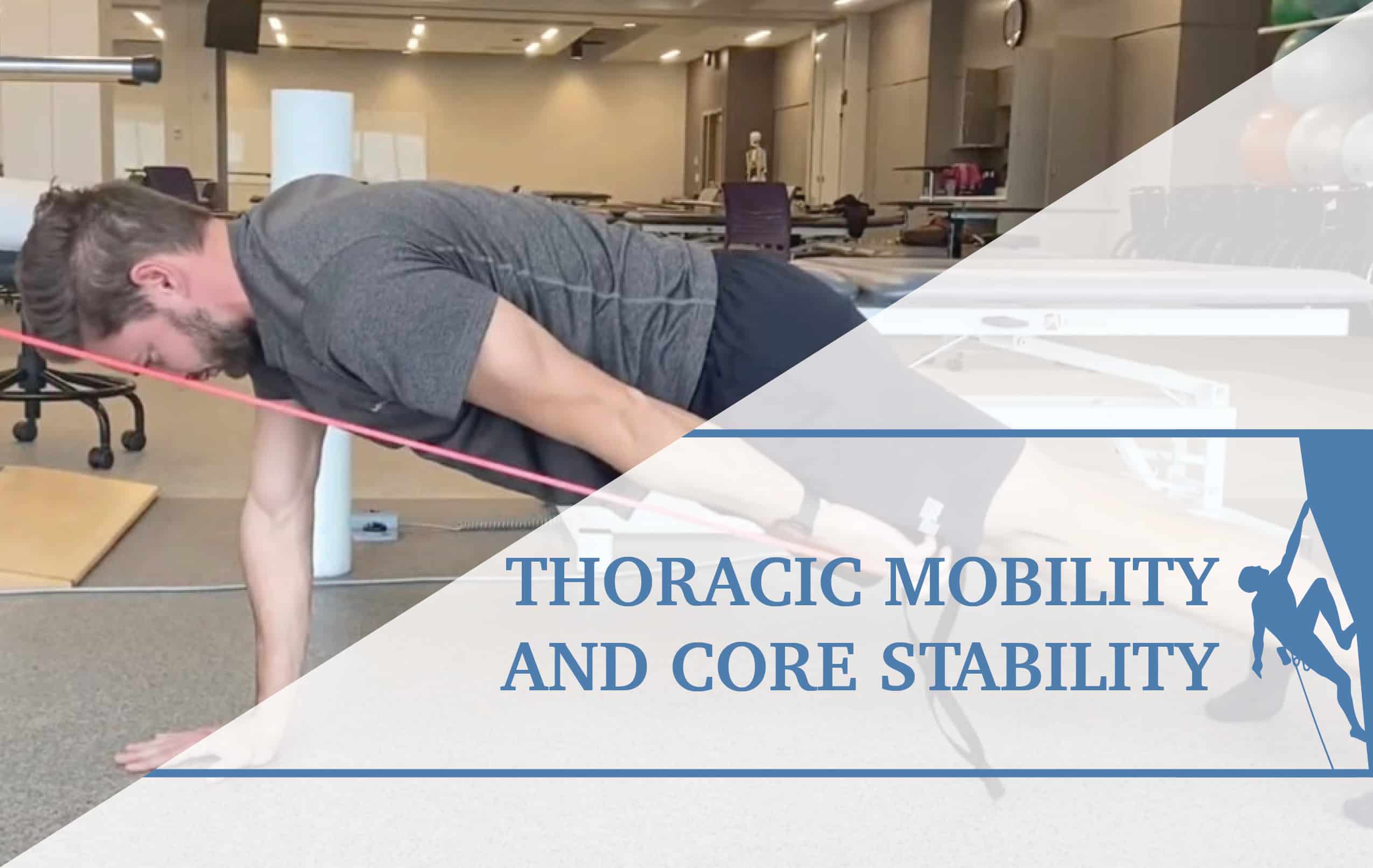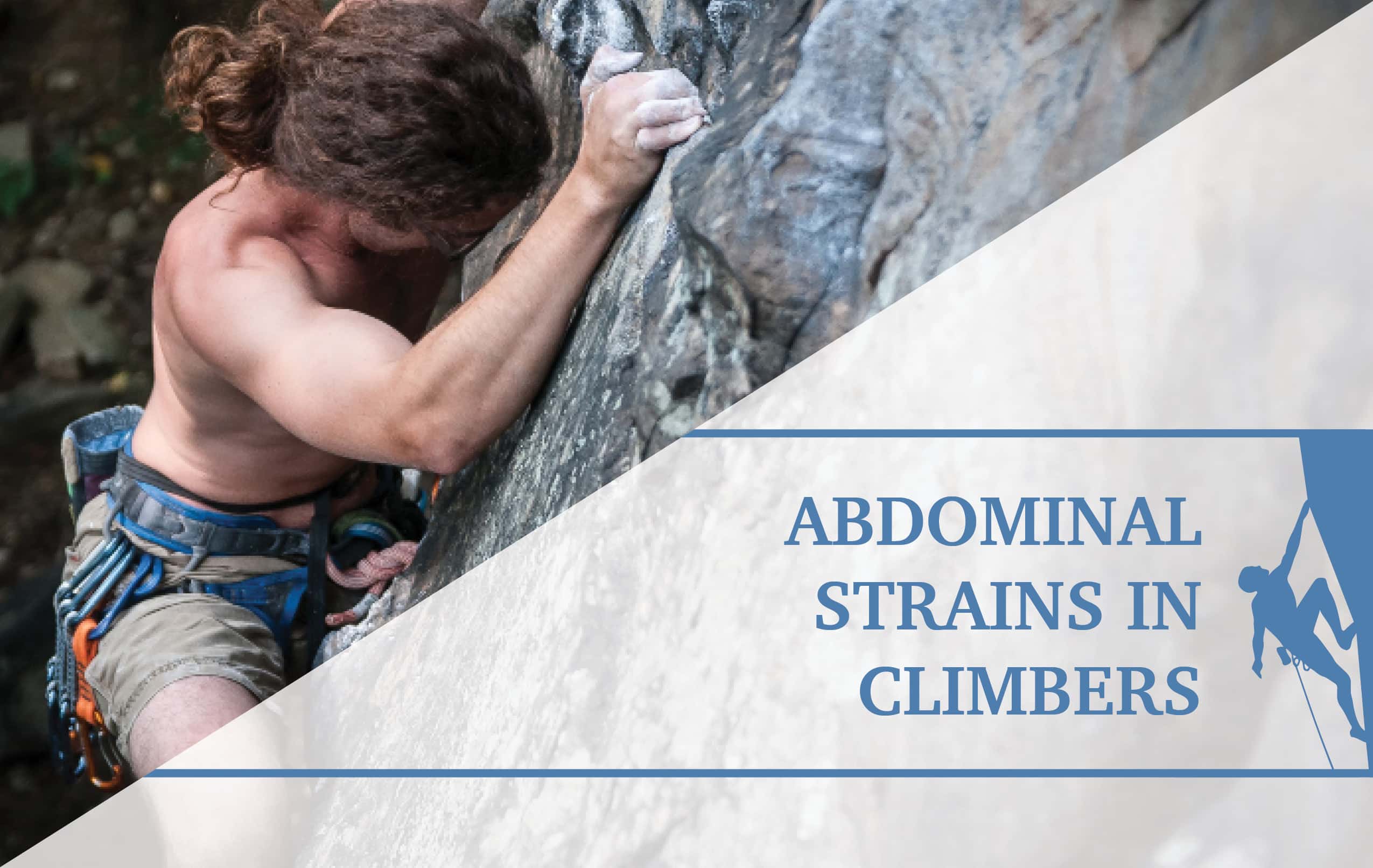360° Core Power: Unlock Full-Body Strength for Climbing
Building core strength is crucial for climbers and anyone who wants to enhance full-body control, stability, and movement efficiency. Our core is more than just our abdominals; it functions in a 360° capacity, spanning all planes of movement. This means core training should include flexion, extension, side bending, and rotation exercises. Here, we’ll explore some powerful exercises to develop core strength for climbing, focusing on rotation, side bending, flexion, and extension. Climbing is a three dimensional sport, so you need core stability in all planes to climb at a high level and reduce the risk for injury.
Core Training: Rotation
A well-rounded core training program includes exercises that help you maintain stability through rotational movements. Rotation strength allows climbers to manage twisting motions while keeping balance and control. Here are some key rotation-focused exercises:
- Pallof Press: A beginner-friendly isometric exercise that targets anti-rotation, building core stability for rotational control.
- Banded Rotation: This dynamic exercise strengthens the core through a full range of motion.
- Anti-Rotation Hollow Hold Progression: Adding a band to hollow holds increases the challenge, training your core to resist rotation.
- Pallof Press Hollow Hold: This combines movement with core tension to further train stability under dynamic conditions.
- Bird Dog Row: This exercise challenges anti-rotation through movement, adding intensity to the eccentric phase for extra resistance.
Core Training: Side Bend
Incorporating side-bending exercises helps climbers strengthen the lateral stabilizers of the core, which are essential for lateral movements and balance on the wall. Here are a few effective side-bending exercises:
- Banded Side Plank: A great entry-level exercise for training lateral stability. To modify, you can remove the band or put one knee down.
- Suitcase Carry + March: This exercise challenges the core by resisting lateral tilt while carrying a weight on one side.
- Weighted Side Bend: This exercise adds movement through the side plane, building control and strength through range of motion.
Core Training: Flexion
The anterior core, flexion is essential for climbers as it enables control of the limbs upward and the legs backwards and enhances overall core stability. These exercises focus on building flexion strength and control:
- Elevated Plank: Ideal for those new to planks or those needing a regression. Elevating the hands or elbows reduces the intensity.
- Banded Plank: Adding a band makes this classic exercise more challenging, increasing core activation.
- Banded Tall Kneeling Overhead Press: This exercise requires significant core engagement to keep the body stable and avoid arching.
- Barbell Ab Roll Out: Great for training core control, this exercise has numerous progression options to increase difficulty.
Core Training: Extension
Extension exercises are essential for climbers to maintain good posture and core stability especially on overhung terrain when the posterior chain is engaged to bring the center of mass closer to the wall . Here are some effective extension-focused exercises:
- Back Plank: This isometric exercise is a great way to build initial extension strength.
- Back Extension: Without the need for a machine, this exercise strengthens the core through a range of motion while maintaining a neutral position.
- Reverse Hyperextension: Complements back extensions by using the lower body to drive movement, building extension control in the opposite direction.
Integrating these exercises into your routine will give you the 360° core power needed for climbing and everyday movement. Remember, if you need guidance on incorporating these exercises, consider reaching out to a climbing coach or a doctor of physical therapy. And if you experience any discomfort or have a history of injury, consult a physical therapist to ensure safe progress. A strong, stable core isn’t just about aesthetics—it’s the foundation for powerful, resilient movement in all aspects of life – especially climbing!
- Disclaimer – The content here is designed for information & education purposes only and the content is not intended for medical advice.




